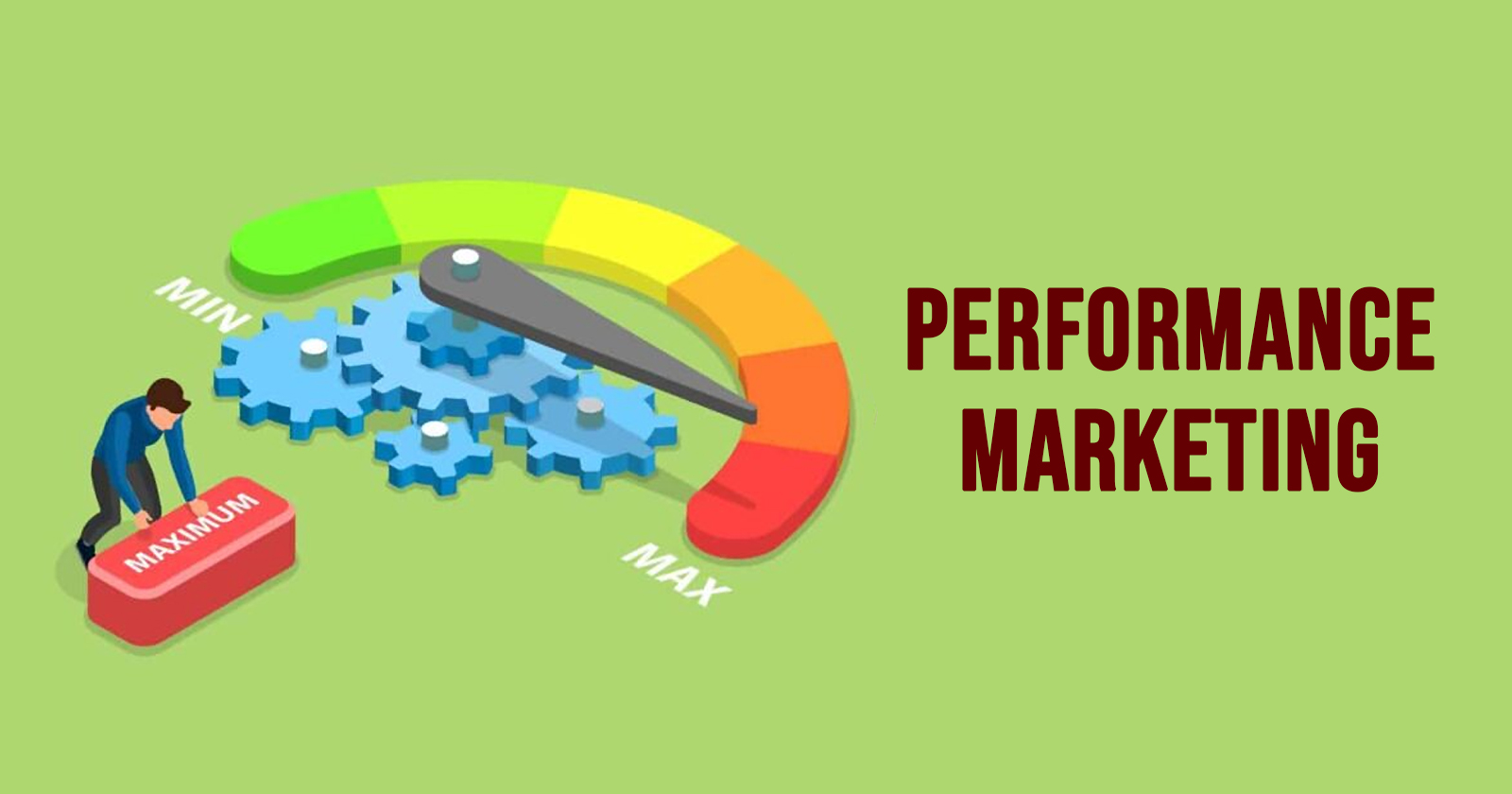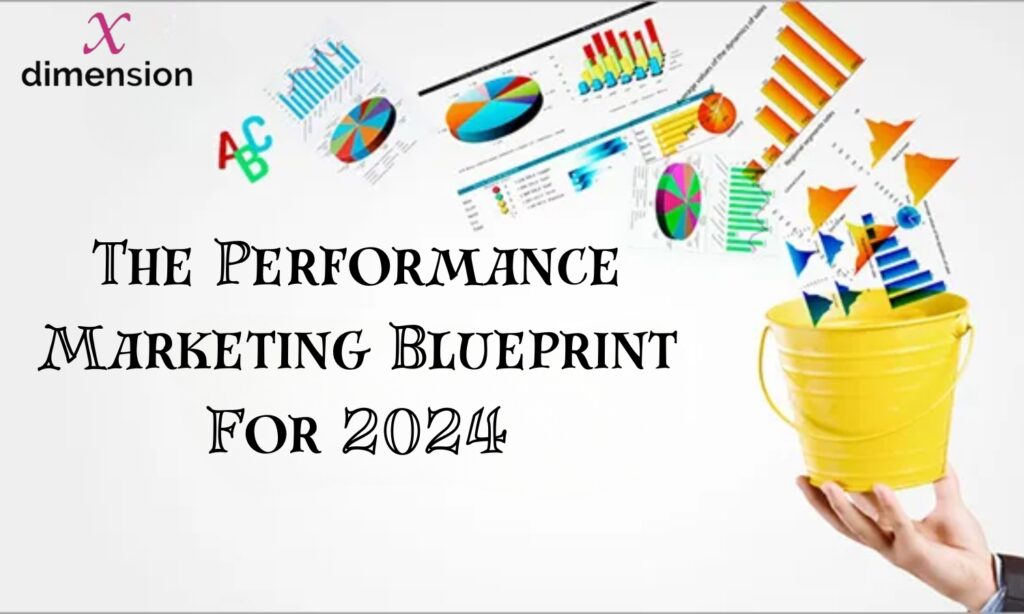Performance marketing services is a way for business owners to advertise their products or services online to get customers to take specific actions like visiting their website, becoming a lead (potential customer), or making a purchase. Unlike regular brand advertising that aims to make people aware of a company, performance marketing focuses on driving measurable results tied to the company’s business goals.
Performance marketing companies use many different online marketing channels and tactics to reach potential customers at every stage, from just becoming aware of the brand to being ready to buy. By bringing in leads and sales, performance marketing provides a clear return on the money spent on marketing while allowing companies to control their marketing budgets.
As performance marketing keeps changing, business owners need to understand the key parts of an effective performance marketing strategy to connect with their audience and grow their business. Choosing the right approach for your performance marketing efforts is crucial for maximizing the return on your marketing investment and achieving your business goals. This Performance based digital Marketing Blueprint covers everything you need to know about performance marketing now and in the future.
What is Performance Marketing?

Performance marketing is a data-driven approach to marketing that focuses on acquiring new customers and driving conversions (like sales or sign-ups) primarily through digital channels like search, social media, email, etc. but also some traditional direct response media like TV, radio, and direct mail.
Instead of just raising brand awareness, performance marketing services prioritizes moving potential customers down the marketing funnel toward taking a specific desired action.
Unlike affiliate marketing where advertisers only pay after a conversion, performance marketing campaigns can pay for different actions like impressions or clicks, but the main goal is driving conversions and return on investment, not just reaching people.
The core of performance marketing services is creating a tailored campaign strategy to engage and convert specific audience segments likely to take action. The key is strategically reaching audiences prone to convert through optimized messaging and ad placements that guide them through the customer journey. Even when advertisers pay for upper-funnel metrics like impressions, the ultimate aim of performance marketing is driving bottom-funnel conversions and sales measurably.
Performance marketing companies track conversion-focused metrics to continually refine and improve their performance marketing efforts.
Key Benefits Of Performance Marketing

Performance marketing is a smart way to spend your marketing money and get reliable results:
1. Results-focused: It’s all about taking actions that drive measurable results for your business. By optimizing campaigns around key metrics, you make sure your money is well-spent on your goals.
2. Lower Risk: It uses data-driven targeting and optimization, providing more certainty than general brand advertising. You can make informed budget decisions based on past proven returns, avoiding wasted ad spend.
3. Data-Driven: The transparent data shows what’s working and what’s not. The metrics help you decide where to spend money, which ads work best, which platforms deliver results and more.
4. Brand Awareness: While the main aim is measurable results, these campaigns can also raise brand awareness by putting your product/brand in front of new potential customers. This supports long-term growth, though not directly tied to immediate sales.
5. Full Visibility: Modern tracking tools provide visibility into every step from the first click to the final purchase. This data helps identify top-performing channels, ad placements, and ads to invest more in.
The advantages of performance marketing services make business owners efficient in getting new customers and growing their business. Being able to precisely track your investment against specific results builds confidence in your decisions. With clear data guiding optimization, you can drive the best results and cost-effectively scale growth over time.
Key Performance Marketing Metrics

A key advantage of performance marketing campaigns is the ability to directly track actions taken and see the impact of your marketing efforts. By regularly monitoring key metrics, you can see what’s working well and quickly improve areas that need it. Here are some of the most important metrics to measure in google ads:
1. ROI (Return on Investment): ROI shows the total revenue generated divided by the campaign costs. This determines the final profitability and indicates if scaling the campaign would be feasible.
2. CPA (Cost Per Acquisition): CPA calculates the average amount spent to get a single conversion like a sale or new customer. For the campaign to be profitable, the target CPA needs to be lower than the profit margin per order.
3. CPC (Cost Per Click): The average cost to drive someone to click on your ad and visit your site. Lower CPCs indicate your ads are resonating with your target audience.
4.CTR (Click through Rate): The percentage of ad impressions that result in a click. Higher CTRs mean your targeting, messaging, and creativity are connecting with the audience.
5. CPM (Cost Per 1,000 Impressions): How much you pay for every 1,000 times your ad is shown. This metric is common for brand awareness campaigns. Analyzing these metrics reveals opportunities to improve your return from each marketing channel. They highlight successful creative, identify wasted spend, and more.

Planning your marketing budget for 2024 is very important as a business owner. This guide provides an easy approach to spending your marketing money wisely, including working with performance marketing companies focused on performance marketing.
Look at Last Year’s Marketing: See what worked well and what didn’t in 2023. Use these learning for 2024 decisions. Stay up-to-date on market trends and changes in how customers behave that could impact your plan.
2. Set 2024 Marketing Goals: Create clear, measurable, achievable, and relevant goals with timelines to provide direction. Make sure marketing goals align with your overall business strategy. Prioritize goals that can potentially give you the best return.
3. Budget Across Channels: Balance traditional channels (TV, radio, print, billboards) with digital (social media, websites, online ads, email). Allocate money based on past performance and audience reach. Consider working with performance marketing companies focused on measurable results.
4. Integrated Marketing Approach: Keep branding and messaging consistent across all channels. Use the strengths of each channel to complement others.
5. Budget for New Things: Set aside money to try new platforms or technologies. Be ready to adapt your plan based on market changes.
6. Track Success: Define clear metrics (ROI, sales, etc.) to measure each initiative’s success. Invest in tools to track these metrics.
7. Commit to Improvement: Review strategies quarterly and get feedback from your team. Be flexible to adjust based on performance data and market shifts.
Your 2024 marketing budget is a roadmap for growth. Balance efforts, work with performance marketing companies, stay adaptable, and position your business for success.
Ready to drive measurable results with performance marketing? X Dimension is a leading performance marketing agency that can help take your business to new heights in 2024 and beyond. Don’t let another year go by without a clear marketing roadmap for growth. Contact our team today to start planning your customized 2024 performance marketing strategy!


